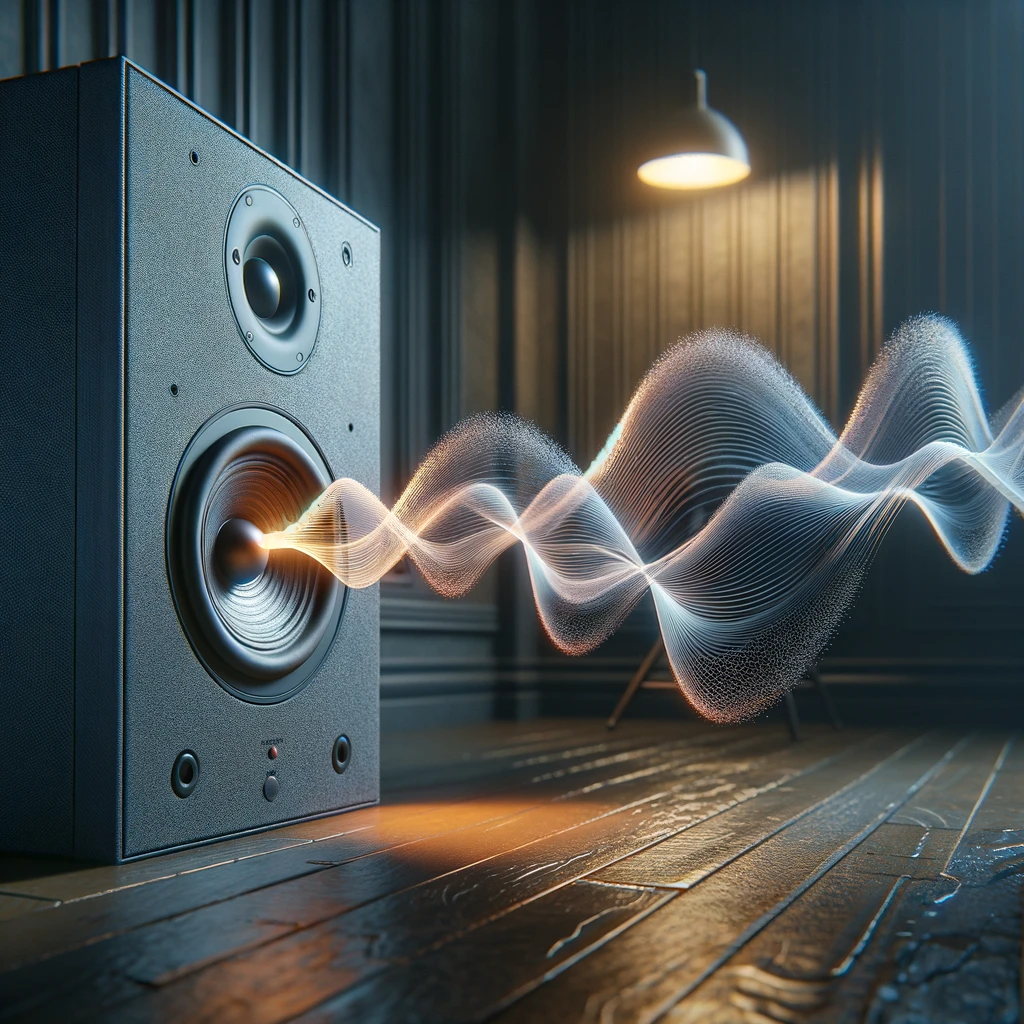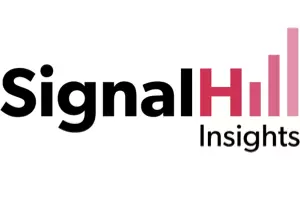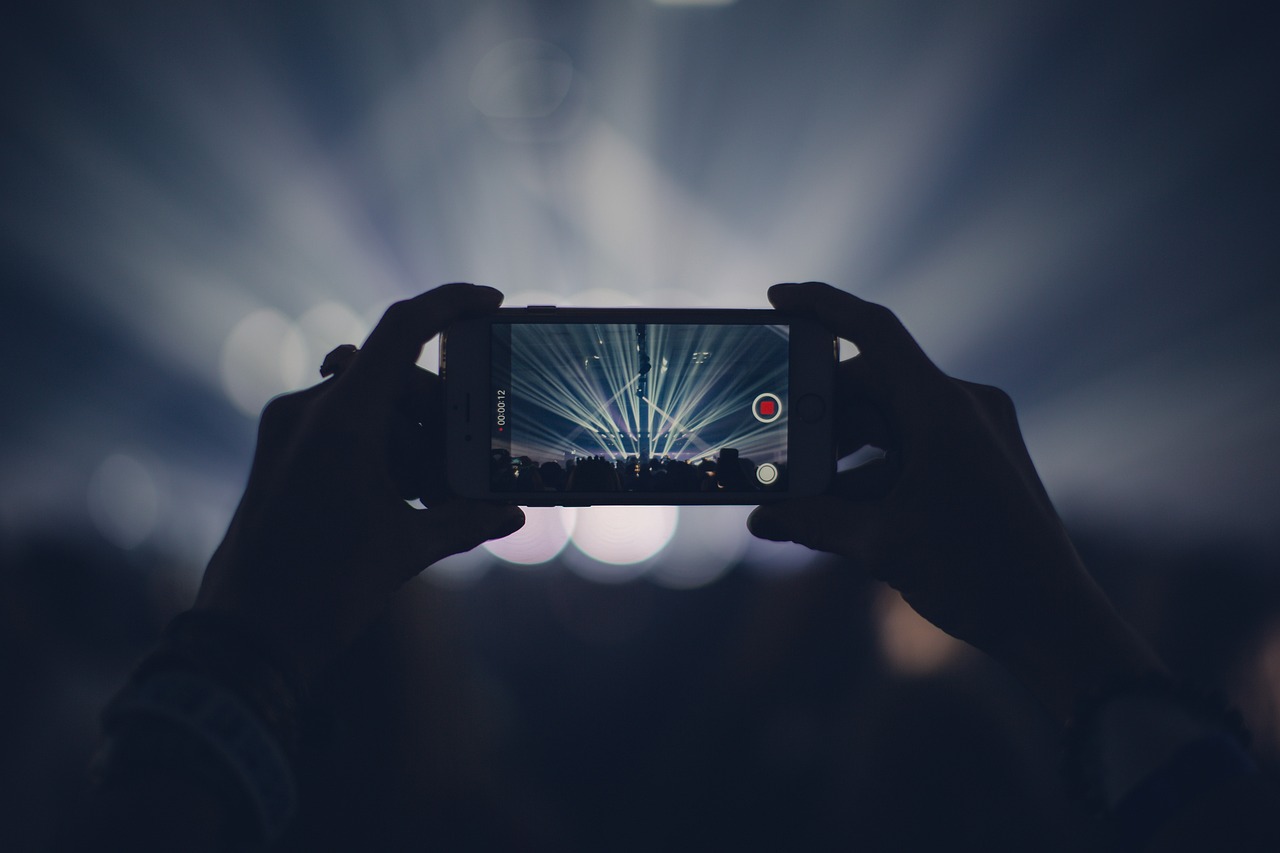Register with your email address to receive a download link for the report direct to your email inbox:
![]()
For the first time, more podcast listeners say that they have watched a podcast in the last 30 days than have listened to one. Yet, simply popping your pod on YouTube is likely to fail. So, what are podcasters to do? Sound You Can See dives into consumer perceptions of podcasts on video — and how they continue to drive the future of this medium. The study examines differences in perceptions between video primaries and audio primaries, from preferred topics and genres to the surprising demographic that “listens” to more than half of their podcasts on YouTube. We will also look at when podcast consumers choose one over the other.
![]()
- Unified Audience: Both video and audio podcast consumers are essentially the same people, choosing their format based on context, mood, and environment. A significant 86% of those who watched video podcasts also listened to audio podcasts in the same period.
- Platform Preferences: YouTube dominates as the preferred platform for video podcast consumption, while Spotify leads for audio podcasts. This trend is shaping the platforms’ role in the podcasting landscape.
- Generational Shift: The study highlights a generational change in the podcast audience. Newer podcast listeners, primarily introduced to the medium via YouTube or Spotify, are shaping consumption patterns.
- Content Identification: Viewers can distinguish between a podcast and other YouTube content. Indicators like the presence of the word ‘podcast’ in the title, studio setups, or known podcast hosts play a key role in this identification.
- Genre and Format Preferences: While the audience’s genre preferences for video podcasts mirror those of audio podcasts, they show a stronger inclination towards conversation or interview formats in video.
- Consumption Context: Video podcasts are predominantly consumed at home, offering an engaged, focused experience. In contrast, audio podcasts are preferred for multitasking or on-the-go scenarios.
- YouTube’s Dominance: YouTube’s role as a discovery and consumption platform for video podcasts is significant. Features like ease of navigation and user engagement contribute to its popularity.
- Ad Reactions: While YouTube’s native advertising is often viewed negatively, ads native to podcasts, especially those presented by the host, receive a more positive reception.
- Audience Control and Choice: The study underscores the importance of offering both audio and video options to cater to the diverse preferences of the audience, emphasizing control and choice….and much more!















































































































































































































